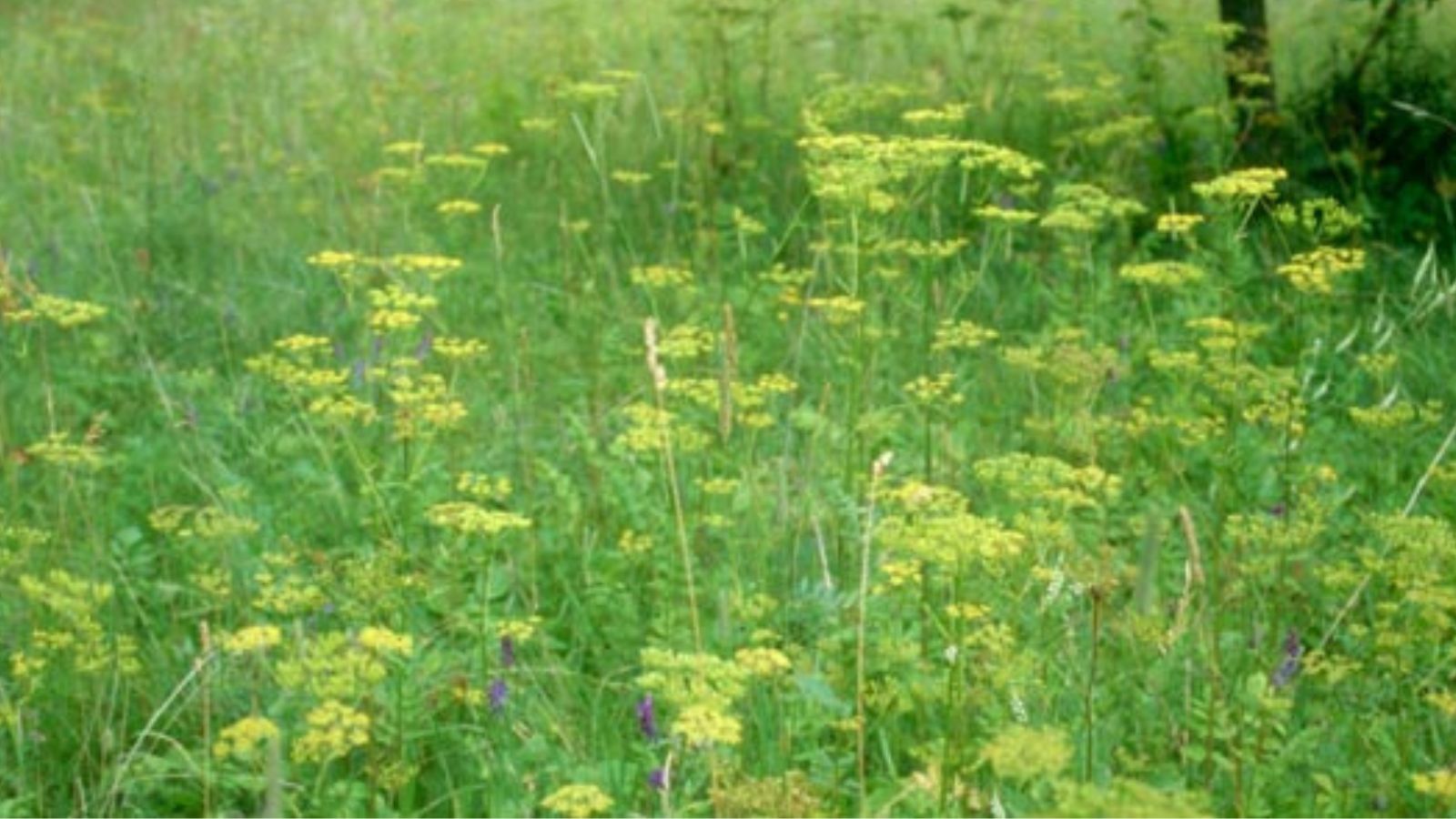MADISON, Wis. (WMDX) – A bill that would help fund mitigation efforts for the Wisconsin Department of Natural Resources was heard before the state senate’s Committee on Natural Resources and Energy Wednesday.
Senate Bill 269 would give the DNR authority and $100,000 in funding to educate and put into practice strategies to limit the spread of harmful invasive plant species like wild parsnip.
In testimony Wednesday before the state senate committee, Assembly Reps. Scott Krug (R-Nekoosa) and Katrina Shankland (D-Stevens Point) said that efforts to combat the spread of wild parsnip in Wood and Portage counties, where wild parsnip has been designated as a noxious weed, could be replicated across the state. The testimony argued that mitigation efforts aren’t as effective if one place is doing it and down the road, someone else is not.
Shankland said that the strategies that landowners and government departments use in limiting the spread of invasive species can vary depending on what the land is being used for, citing organic farms as an example of where pesticides couldn’t be used. Other strategies, such as scheduled mowing and controlled burns, need to be consistent over a multi-year period to be effective since seeds from wild parsnip can remain viable in the soil for up to four years.
The DNR, which has designated wild parsnip a controlled species in Wisconsin, meaning it can’t be intentionally transplanted or introduced into areas where it doesn’t exist, said that the plant is abundant in southern Wisconsin, common in the central part of the state, and sporadic but present further north.
In addition to wild parsnip, the DNR testified that setting up and funding a grant program could help in reducing the spread of other harmful invasive plant species, such as giant hogweed, which is not as established in the state as wild parsnip. Giant hogweed sap can cause similar burns and pain to humans as wild parsnip, but is much taller, reaching heights of up to 12 feet, as opposed to wild parsnip reaching heights of 5 to 6 feet.
Wild parsnip has largely followed highways and roadways in spreading across the state, but it has a broad habitat, according to the DNR. It can grow in just about any area except where it is shaded, including fields, pastures, wetlands, and along roadways. Handling the plant is not advised without proper precautions, as its sap can cause severe rashes, blisters, and discoloration when it comes into contact with skin in the sunlight. The DNR recommends wearing gloves, long sleeves and long pants before handling the plant.
In addition to chemicals and mowing, some mitigation strategies include prescribed burns, grazing and removing the plants down to the roots, according to the DNR.
The bill, which was introduced on May 2, is expected to be brought to the Assembly in the coming weeks.
More Articles
What Happened Yesterday at SCOTUS was an Abomination
4/26/2024 | Maggie Daun
I was deeply disturbed by the oral arguments yesterday before the United States Supreme Court regarding the former MAGA president’s claim that we have kings here in the U.S. The five men on the Court seemed ready, if not eager, to embrace some version of Trump’s argument that the constitutional “structure” should be presumed out […]
Superior Choice Credit Union Stadium Project Breaks Ground
4/26/2024
Work on the Superior Choice Credit Union Stadium officially broke ground on Thursday after a year of costly delays.
Glen Hills student saves the day: Quick thinking averts potential school bus tragedy
4/26/2024 | Stuart J. Wattles
8th grade student Acie Holland III took control of a school bus after the driver experienced a medical emergency
Brandtjen announces candidacy for 24th Assembly District, faces Knodl in GOP primary
4/26/2024 | Stuart J. Wattles
The district covers Menomonee Falls, Germantown, Butler, and Lannon.
Drug Take Back Day – Saturday, April 27, 2024
4/26/2024 | Melissa Kaye
Drug Take Back Day helps keep unused and expired medications out of the wrong hands. Protect yourself, your family, and your community.

